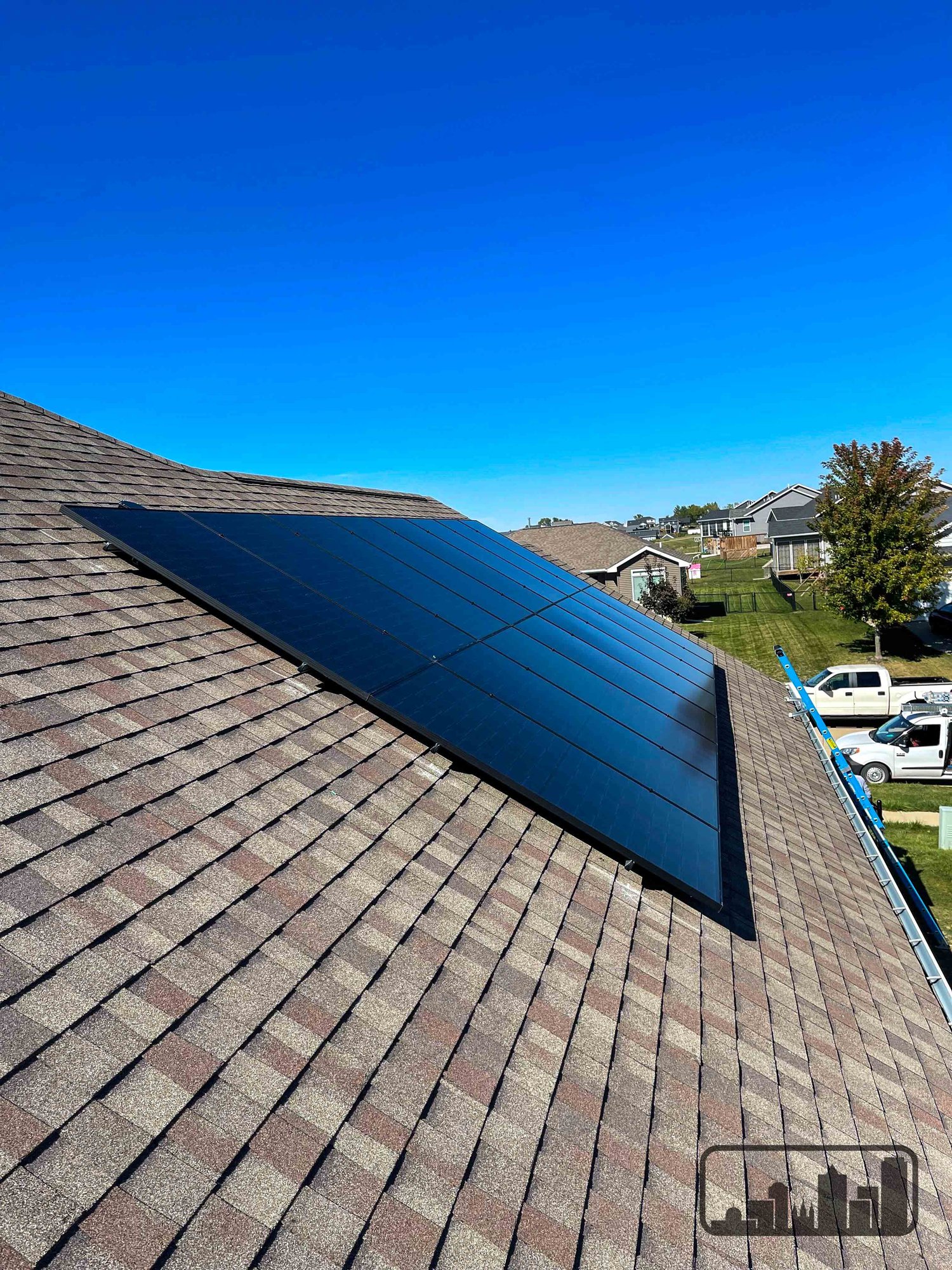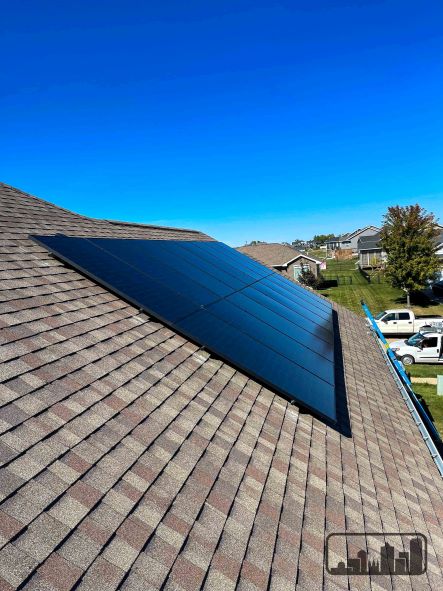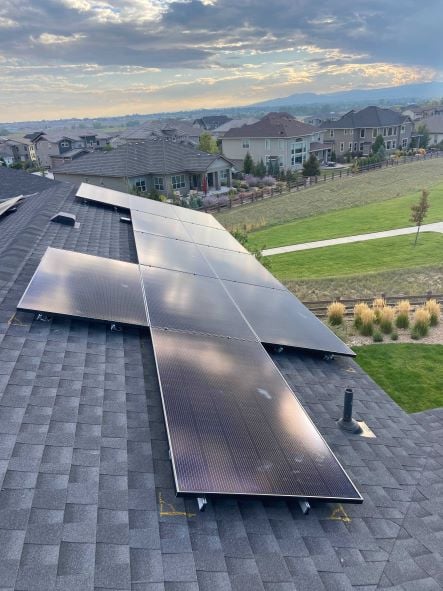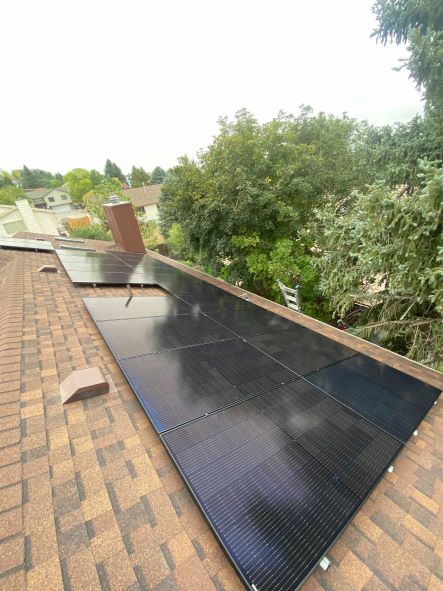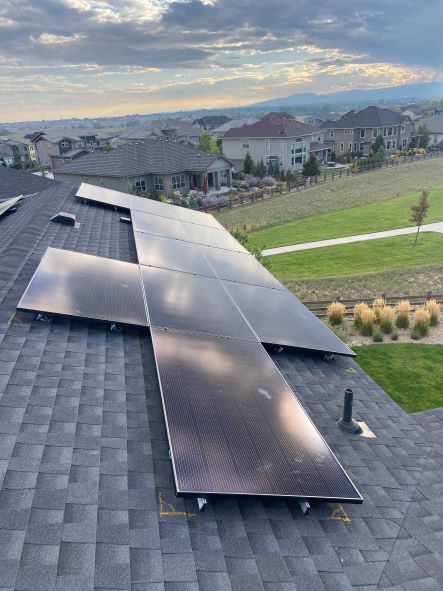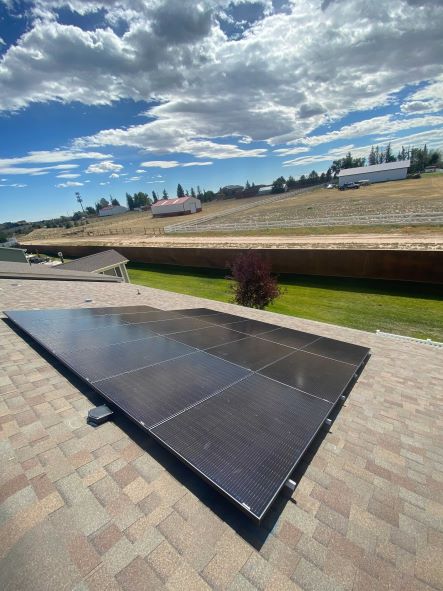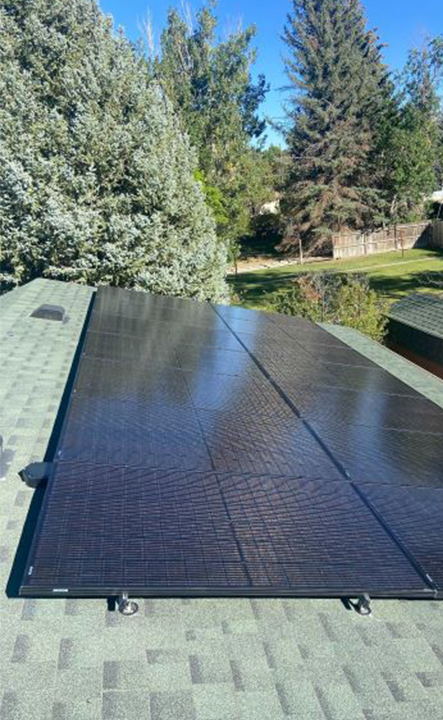For starters, solar power protects you against rising fuel prices and electricity costs.Solar panels can also increase the value of your home and any surplus energy generated can be sold or stored.
You’ll need to speak to a solar power specialist from our team to find out exactly how much you could save, but let’s look at a typical example first just to give you some idea.
Average Potential Savings
When we look at the average savings gained from solar power, we're referring to the money you would otherwise have spent on energy bills.
How to Calculate Savings from Solar Panels
The average electricity usage for a householder in the United States is 10,694-kilowatt hours (kWh) per annum or around 877 kWh per month.
If you multiply that by the US average electricity cost of $0.13 per kWh, you get an electricity bill of around $1,400 per annum per household.
If enough solar panels were installed to cover this amount of electricity, the average US household would reduce its costs by just under $1,400 per year.
So, if you install a solar energy system that includes the amount of electricity your home uses, as well as a solar battery that can store any excess energy, you won’t have to pay any electricity costs for the life of the system.
Now, let’s look at some specific locations to get an idea of the residential solar panel costs and savings associated with installing solar panels in Iowa, Minnesota, Wisconsin, Colorado, Wyoming and Utah.
